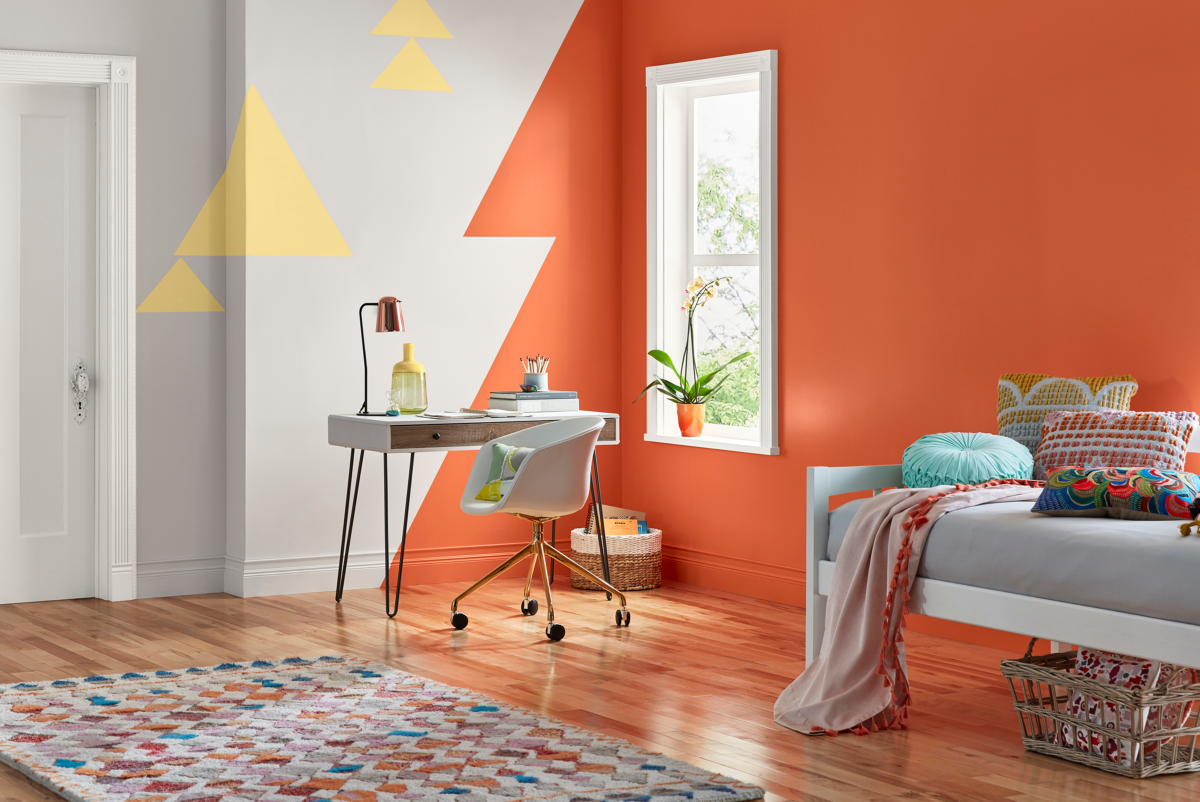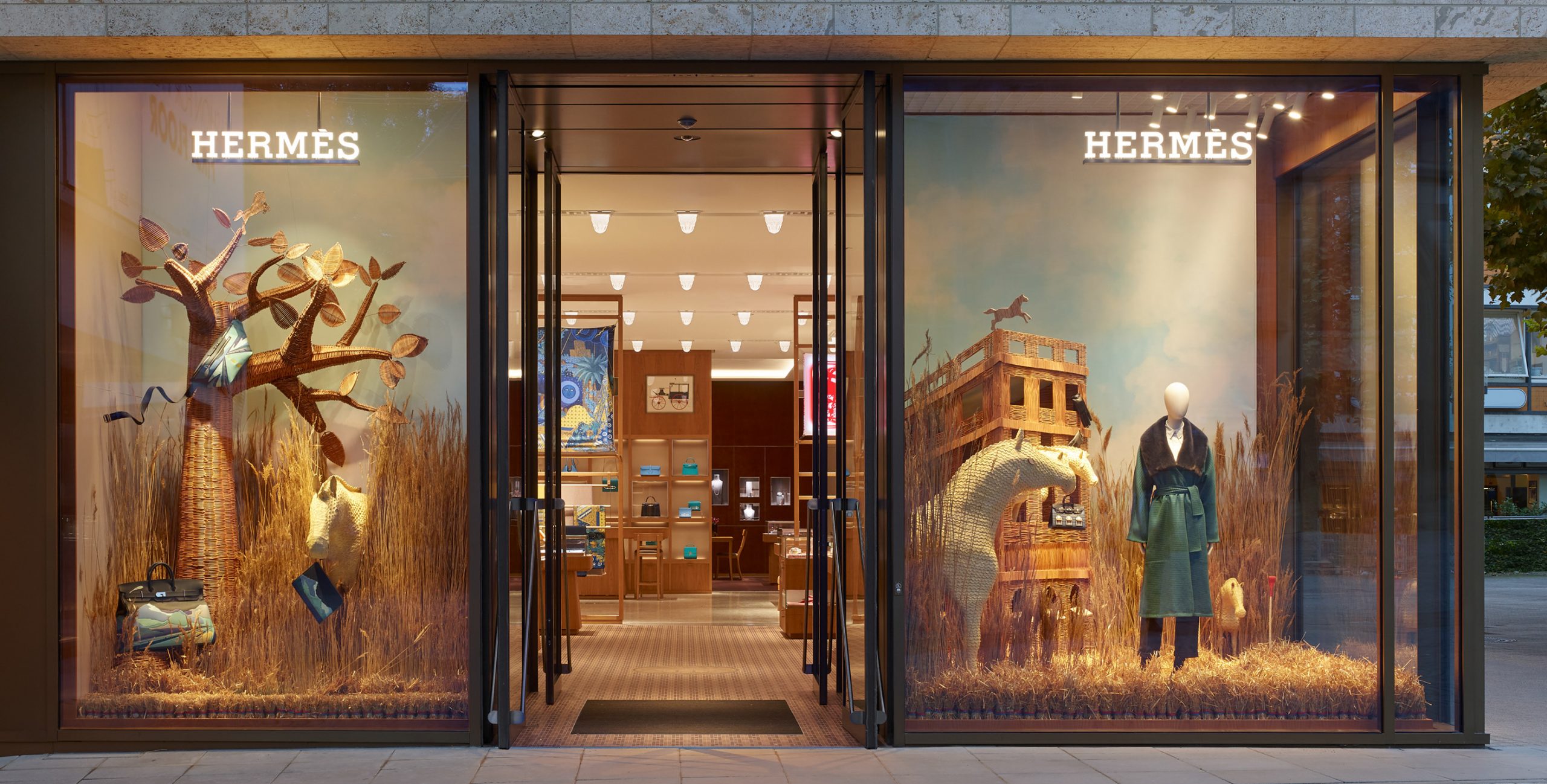As the name suggests, classical interior design is deeply influenced by classicism – a reverence for the classical period and its aesthetics – and the Western classical tradition. Vitruvian proportions (those advocated by da Vinci) were a fundamental element of the classical style’s architecture, art and design resulting in a formally aesthetically pleasing beauty.
The most iconic piece of furniture from classical interior design style is the klismos chair – a reproduction piece designed by British-born furniture designer T. H. Robsjohn-Gibbings. The classical design is recognised by its saber legs, strapped leather seat (although upholstered designs are now common) and curved back. The chaise longue also carries classical inspirations.
Other key features of the classic interior style include urns, laurel wreaths, marble (busts, fireplaces, sculptures, et al), dentil moulding, columns, swags in both drapery and decorative motifs, architectural nods (broken pediments, domes, friezes and cornicing), and murals.
The original colour palette of ancient Greece comprised of slate, mist blues, scarlet, violet, pale malachite, sun yellow, ivory, marble pink, clay; Rome’s was comprised of more vivid magentas, golds, Pompeii reds and black accents.
Classicism attracted great interest during the Renaissance (c. 14c – 17c) and again as a neoclassical revival in the 18th and 19th centuries.
Design adherents to the classical interior style include Jean-Louis Deniot, Peter Pennoyer, Thomas Pheasant, Michael S. Smith and Bunny Williams. These modern-day enthusiasts favour careful proportions; internal architectural features such as Roman-inspired arched hallways, friezes, marble flooring, daybeds, hanging alabaster pendants, fluting, sabre legs, murals, coffered ceilings and lionhead, eagle and pineapple motifs.










